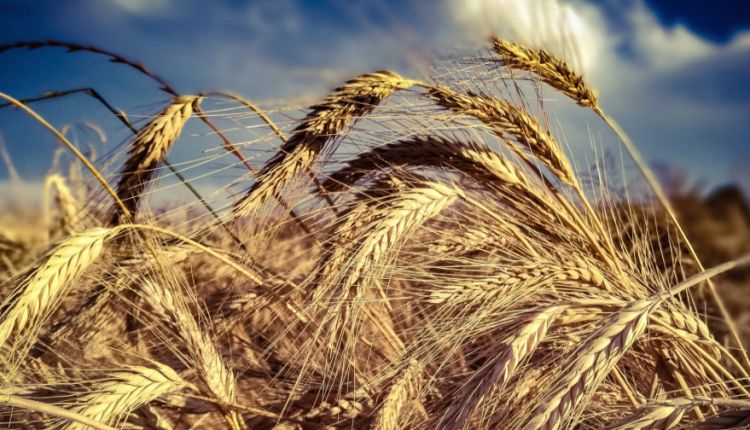Machine Learning, Climate and Satellites Combine to Predict Crop Harvest with 75% Accuracy
By Ruth Seeley
The farmer’s variation of the line from the movie Field of Dreams (“If you build it, they will come.”) would be “If you plant it, it will grow.” Unfortunately, since life is not fiction, it’s just not true. The need to accurately predict crop yields becomes more crucial to ensure food security and anticipate commodity prices as extreme weather events increase and world population grows.
Using machine learning and both large-scale climate and satellite data, researchers at the at Stanford and the University of Illinois have been able to predict wheat crop yield in Australia with 75% accuracy two months before harvest and are confident their model can be used to forecast other agricultural yields.
“In this study, we use a comprehensive analysis to identify the predictive power of climate and satellite data. We wanted to know what each contributes,” said Kaiyu Guan, assistant professor in the Department of Natural Resources and Environmental Sciences at the University of Illinois. “We found that climate data alone is pretty good, but satellite data provides extra information and brings yield prediction performance to the next level.”
The satellite data gradually captures crop yield variability and reflects the accumulated climate information that can’t be captured by satellite data.
Co-author David Lobell of Stanford University said, “We also compared the predictive power of a traditional statistical method with three machine-learning algorithms, and machine-learning algorithms outperformed the traditional method in every case.” Lobell initiated the project during a 2015 sabbatical in Australia.
The researchers say the results can be used to improve predictions about Australia’s wheat harvest going forward, with potential ripple effects on the Australian and regional economy. Furthermore, they are optimistic that the method itself can be translated to other crops in other parts of the world.
The study, published in Agricultural and Forest Meteorology, is available here.
Source: University of Illinois College of Agricultural, Consumer and Environmental Sciences

